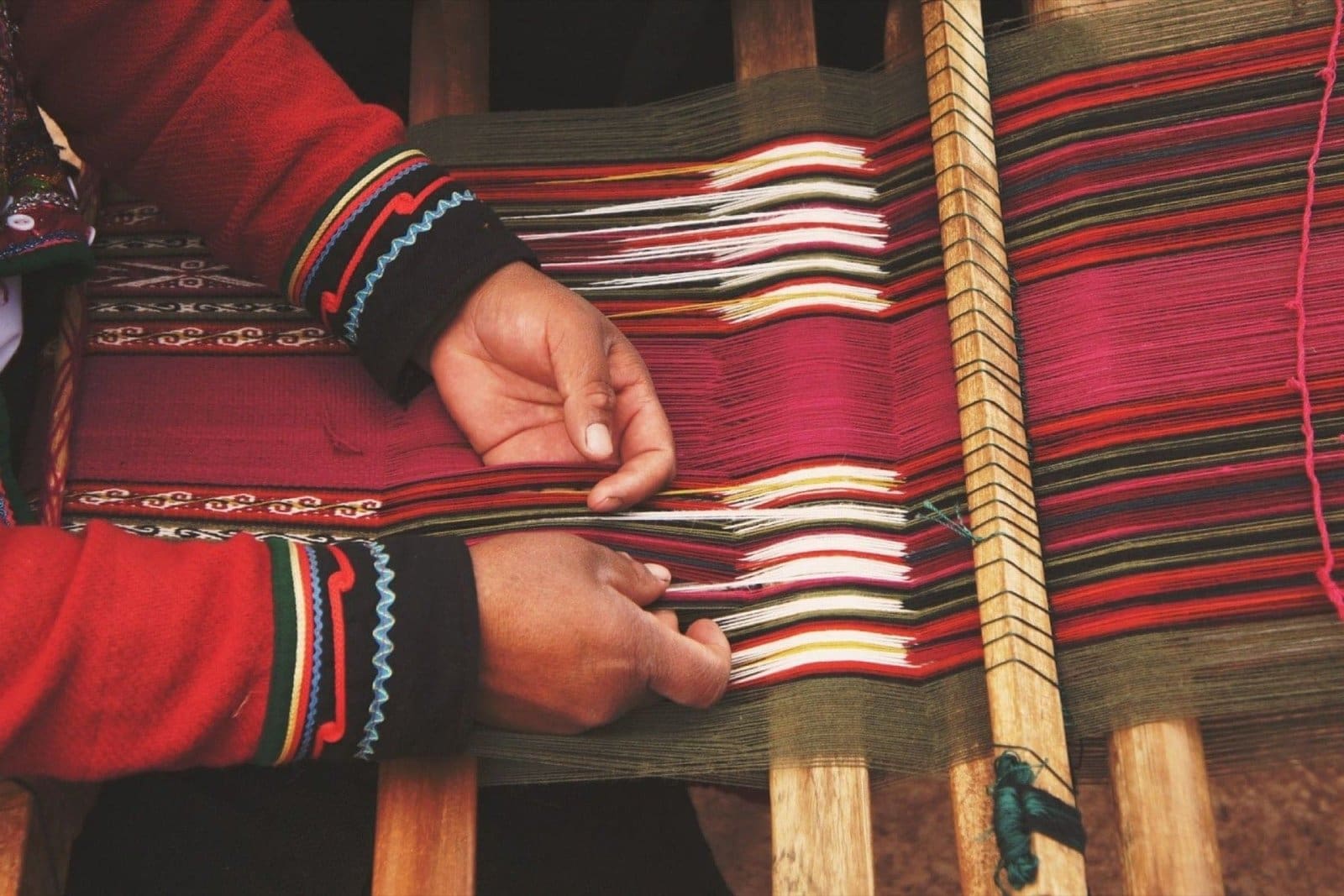“Buy handmade, be one in a million, not one of millions,” is a famous tag line.
India has always had a rich tangible cultural heritage of traditional clothing and artwork. Ancient India, as we know today, was highly advanced in textiles and handicrafts. Reference to weaving styles has been found in the Vedas, and woven and dyed fabrics have been excavated in the ruins of Mohenjo-Daro. Even in those times, Indian-made fabrics were exported to Rome, Egypt and China.
In the pre-colonial era, the Indian textile industry was at its peak of glory. India was known for its famous muslin, with a full-length sari passing through a finger ring. But colonial rule threw the highly specialised artisans into poverty. But the handicrafts and handloom products are much in vogue again.
Chikankari of Lucknow, the Banarasi weave, the Paithani saris of Ahmadnagar, Mysore silk, Kancheevaram silk, Sambalpuri weave, Madhubani paintings of Bihar or Thanjavur paintings, the list is endless. Each work speaks for itself. Each State has a rich heritage and each piece is a class by itself. No two pieces are alike. The exhibitions are organised by these craftsmen at local and national levels, to display their artistry.
Round the year, the vibrant and lively “Delhi Haat” offers exquisite handicraft and handloom products from across the country, usually absent in the local market. So does the fortnight-long India International Trade Fair of Delhi, organised by the India Trade Promotion Organisation, wherein the companies in a specific industry from the world over showcase and demonstrate their latest products and services; meet with industry partners and customers; study activities of rivals; and examine recent market trends and opportunities.
Throughout this fortnight, people just throng to lay their hands on the extraordinary, exquisite items. This reveals the people’s penchant for the handicrafts and handloom items over any commonplace product. These places are highly patronised, equally by Indians and foreign nationals, who are highly passionate about handcrafted collector’s items.
The artisans are the pride of any nation and are held in high esteem, due to their highly proficient job. Donning exclusive items set us apart, and the best way to show our gratitude to them is by being vocal about buying local and recognising, applauding and carrying the pride of our country on us.
Moreover, it would be worthwhile to buy their products directly, as many of them are quite well versed with technology and social media. This could be easily done by pre-booking or pre-buying the product, and get it customised to one’s taste. The exquisite items can also be purchased from organisations that work directly with clusters.
This not only reduces our dependence on imports, but our regional economy will also get a boost, and encourage our local industry. Post COVID-19 most of the countries started promoting their own products, to boost their own state economic machinery. The opportunity for employment of our educated youth will increase, and it will also cease the exploitation of the local communities.
The country as well as our artisans is likely to earn more, while the consumer spending remains the same.
Moreover, since “handcrafted things never go out of style” they remain in vogue forever and are worth the investment.

